
Weston Theater Company Announces Singin’ in the Rain
Weston Theater Company takes audiences on an enchanting journey back to Hollywood's golden age in SINGIN' IN THE RAIN, August 3 - 20 at Walker Farm.

Weston Theater Company takes audiences on an enchanting journey back to Hollywood's golden age in SINGIN' IN THE RAIN, August 3 - 20 at Walker Farm.

The competition is open to youth 11-18 who live within an hour of Brattleboro. Contestants are invited to submit one image in each of the following categories: Analog Film, Artsic, People, Places, and The New England Experience.

The Next Stage Bandwagon Summer Series presents native son and a beloved musician of New Orleans Glen David Andrews and his band, on Saturday, August 5 at 6:00 pm at The Putney Inn.

Artist Aurora Robson new site-specific installation, "Human Nature Walk," will be on view at the Brattleboro Museum & Art Center (BMAC) through February 11, 2024.

The ribbons of colored tape that will soon be affixed to the front of the museum’s 1915 building are tape art—the handiwork of Michael Townsend and Leah Smith, a Rhode Island-based public art duo known as… Tape Art.

He was young when he almost died, in an accident involving an electric utility cable and a considerable height. But Tom Bodett went on to become a writer, NPR essayist, and Motel 6 spokesman. And now, at 68, he has found another calling, as a woodworker.

Next Stage Bandwagon Series Presents Emperor Norton’s Stationary Marching Band, on Saturday, July 29 at 6:00 pm at Cooper Field, in Putney, VT.
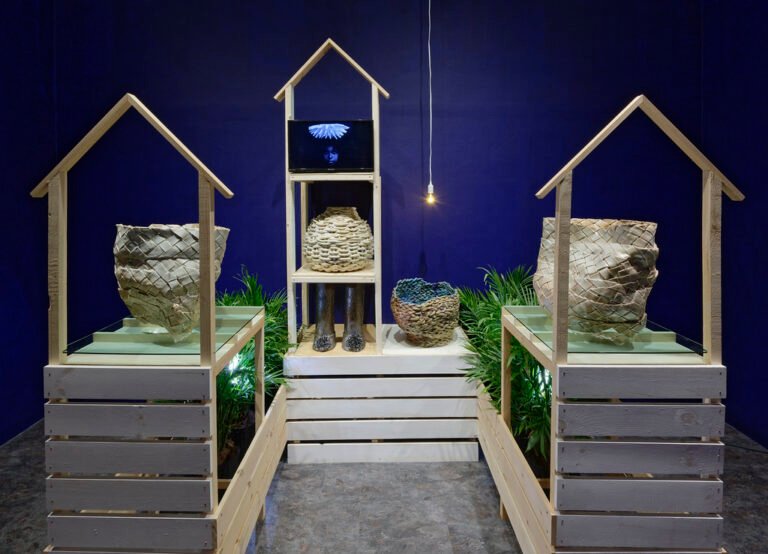
New York-based artist Anina Major will take part in an online conversation with curator Sadaf Padder on Thursday, July 27, at 7 p.m.

Next Stage Arts and Twilight Music present folk/roots/Americana trio Rainbow Girls, at Next Stage on Wednesday, July 26 at 7:00 pm.
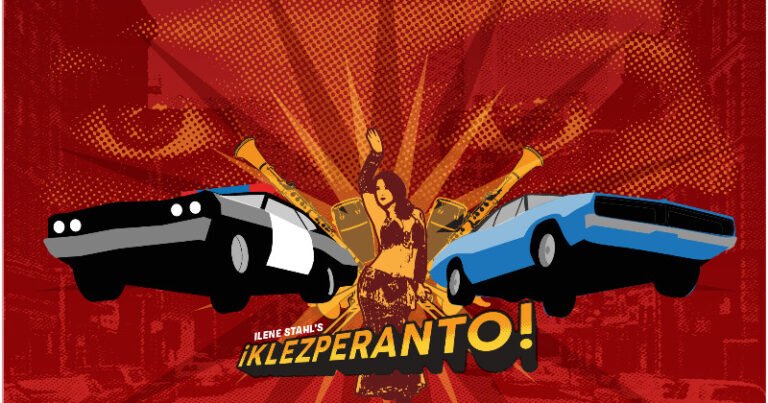
Next Stage Bandwagon Summer Series presents klezmer re-groove ensemble Klezperanto!, on Saturday, July 22 at 6:00 pm at West River Park, in Brattleboro, VT.
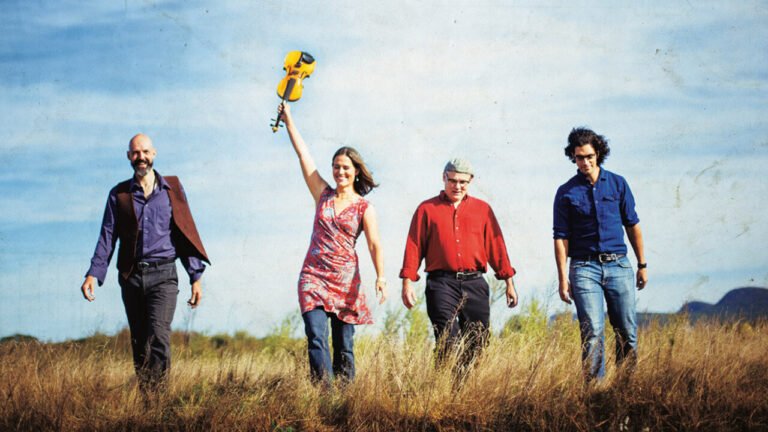
Hidden among an impressive lineup of concerts and events at Retreat Farm this summer are Rani Arbo & Daisy Mayhem, Friday, July 21st.
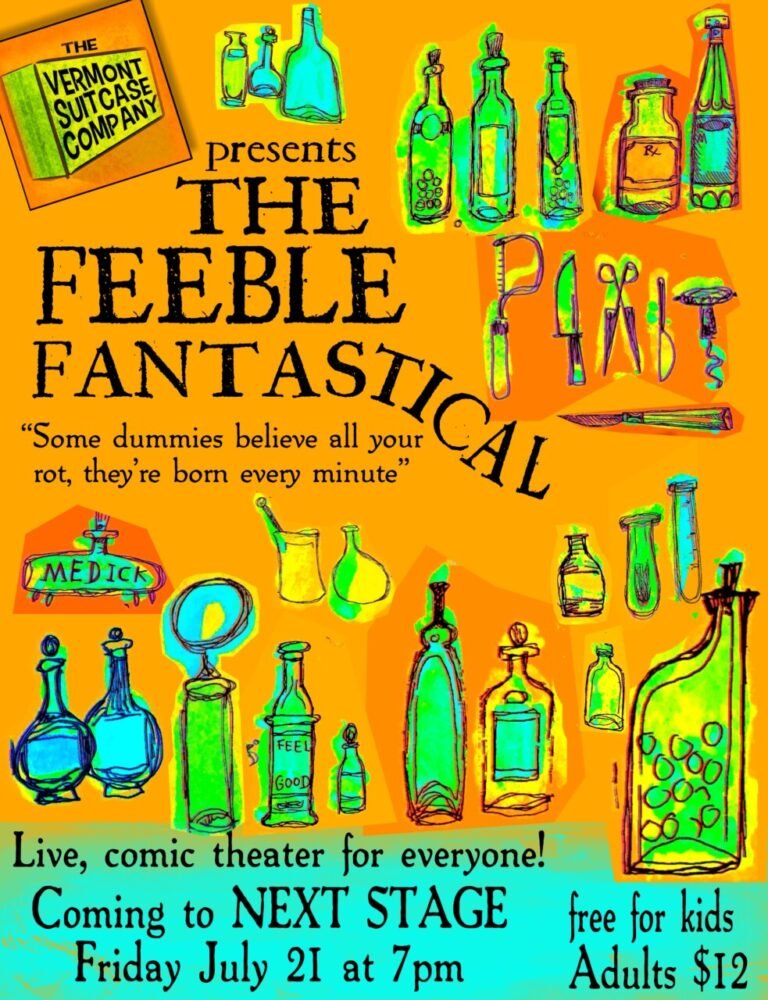
Next Stage Arts presents The Feeble Fantastical, a Vermont Suitcase Company production, at Next Stage Arts on Friday, July 21 at 7:00 pm.

Massachusetts-based artist Roberley Bell will take part in a conversation about her work at the Brattleboro Museum & Art Center (BMAC) on Thursday, July 20, at 7 p.m.

Artist Terry Ekasala wins 2023 Vermont Prize, an annual award aimed at celebrating and supporting the best visual art being made in Vermont today.

Jerry Jam, now preparing for its 26th year, is proud to announce the lineup for this year's festival on JULY 14, 15, and 16th 2023 at Pranksy's Farm in Cabot Vermont.

Weston Theater Company takes audiences on an inspiring journey through our country's founding document in WHAT THE CONSTITUTION MEANS TO ME.

The Next Stage Bandwagon Summer Series presents Ukrainian “ethno-chaos” band DakhaBrakha, on Thursday, July 13 at 6:00 pm at The Putney Inn, in Putney, VT.

Surely you’ve heard the term “froggy,” but have you heard of “Oggy”? Can you imagine a creature named “Squish” or “Snuggs”? How about a glue creature, a henna, or an “I AM THE EGGMAN?”

Next Stage Arts presents You’re a Good Man, Charlie Brown, a Weston Young Company production, at Putney Central School on Thursday, July 6 at 4:00 pm.

Weston Theater Company takes audiences for a musical ride chronicling Buddy Holly’s rise to fame in BUDDY: THE BUDDY HOLLY STORY, playing June 28 - July 16 at The Playhouse stage.

Eight new exhibitions open inside and outside Brattleboro Museum & Art Center (BMAC) on Saturday, June 24, at 10 a.m.

The Next Stage Bandwagon Summer Series presents a salsa and reggae dance party on Saturday, June 24 at 6:00 pm at The Putney Inn.

Susanna Gellert, Executive Artistic Director of Weston Theater Company, announces the 87th season of Vermont’s oldest, award-winning professional theater.
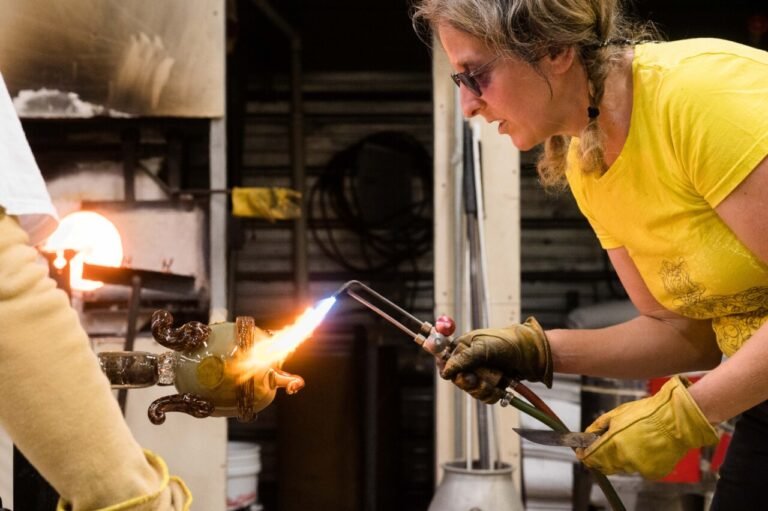
Members of the Vermont Glass Guild will participate in 'Vermont Blown Away,' on Saturday, June 17, at 2 p.m., at Fire Arts Vermont in Brattleboro.
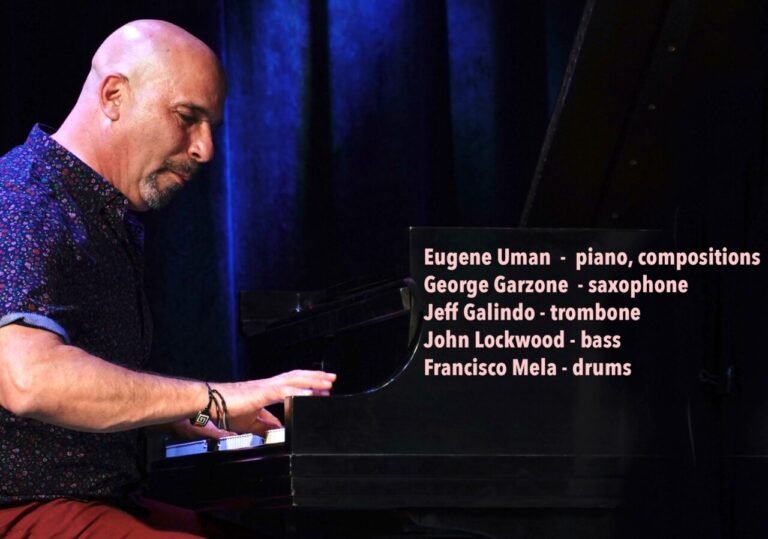
Eugene Uman Reinvents the Convergence Project with members of The Fringe, on Saturday, June 10th at 7:30 PM.

River Garden Marketplace hosts Dine & Drag, a live drag show, will be presented with no cover charge at the venue June 9 and 23, from 8-10 pm.

Gregorio Uribe to Perform at Cooper Field as part of The Next Stage Bandwagon Summer Series, Saturday, June 10, 2023, at 6:00pm.

Every summer, Retreat Farm’s Thursday evening Food Truck Roundup signals the start of summer. With construction on Route 30 and the transformation of the North Barn into a gathering place for the community, Food Truck Roundup will evolve into a…
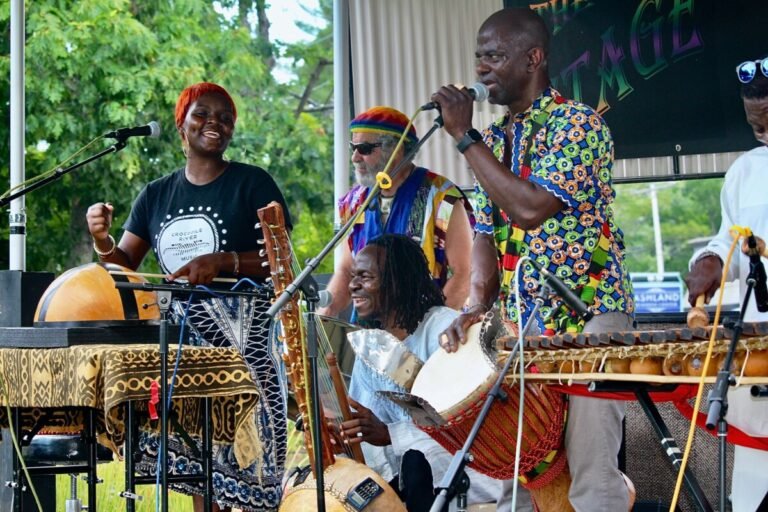
Crocodile River Music, the critically acclaimed world music ensemble, is set to perform as part of the Next Stage Bandwagon Summer Series on Friday, May 27, 2023, at 6:00 pm. The concert will take place at Retreat Farm in Brattleboro,…

PUTNEY, VT— The NXT Gallery presents an art exhibit by Karen Becker titled “Bearing Witness, Part 2.” The exhibit will run from May 21 to August 13, 2023, at the NXT Gallery located at 15 Kimball Hill, Putney. The opening…

BRATTLEBORO, VT — Epsilon Spires and the Brattleboro Museum & Art Center (BMAC) will present a screening of “Hilma” by Swedish director Lasse Hallström, on May 21, at 8 p.m., in Epsilon Spires’ outdoor cinema. The film provides a nuanced…

Next Stage Arts is pleased to announce that the Bandwagon Summer Series will kick off on Friday, May 19 at 6pm with a performance by the Brooklyn-based Afrobeat band, Underground System.

KEENE, NH — MoCo Arts is thrilled to present Into the Woods Jr, a musical performance by its talented middle school students, on May 14 at 2 & 4:30 p.m. at MoCo Arts’ Black Box Theatre. Tickets to the performance…

The Vermont Jazz Center welcomes Renee Rosnes and Bill Charlap who will perform on two Steinway concert grand pianos at the VJC on May 13th at 7:30 PM. The married couple are considered amongst the finest jazz pianists of their…
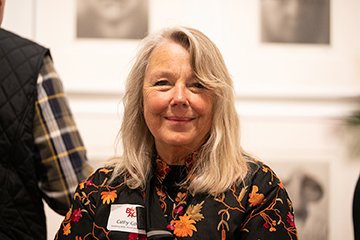
Vermont-based artist Cathy Cone, whose work is on view in the exhibition “Portals and Portraits” at Brattleboro Museum & Art Center (BMAC) through June 11, will take part in an online conversation with BMAC Director of Exhibitions Sarah Freeman on Thursday, May…

Guilford Center Stage returns after a 3-year intermission with a production of Thornton Wilder’s Our Town, at the Broad Brook Community Center in Guilford. Performances are Friday and Saturday, May 5 and 6, at 7:30 p.m., and Sunday, May 7 at…

BRATTLEBORO, VT – “Brewing up adventure” isn’t just a motto for Whetstone Beer Co., it’s a way of life. Partners David Hiler, and Tim and Amy Brady were brought together by not just a love of beer, but also a…

Performed in MoCo’s black box, The Founder’s Theatre. Tickets to the performance sponsored in part by Season Sponsor @310 Marlboro Street and Show Sponsor Joe Flood Insurance Brokerage, Inc. cost $10. Tickets are selling quick! To purchase, call MoCo Arts…

The line separating Vermont and New Hampshire runs right through Whetstone Beer Co.’s taproom on the Connecticut River, inspiring the brewery to celebrate its unique location with the release of Borderline Pale Ale. The “interstate” nature of Whetstone Beer Co.…

Scott Sparks always knew he wanted to open a cannabis business, but it was not until he was in his 60s, ready to retire from his decades-long career in food service, that his dream began to take shape. A few…
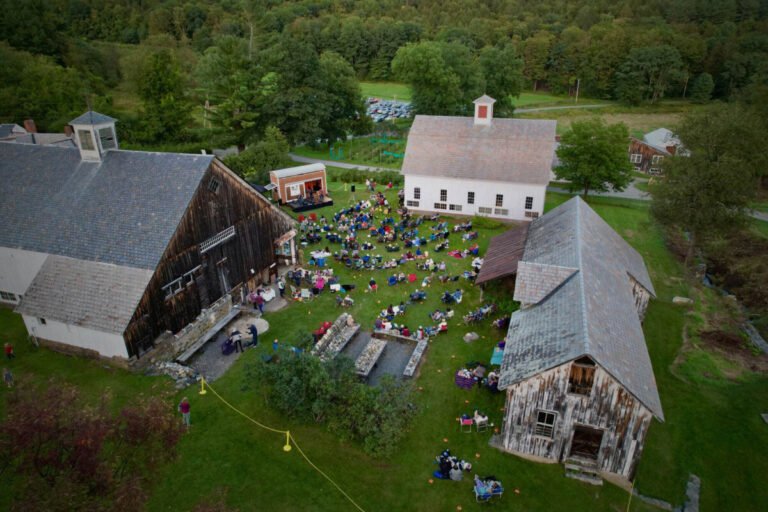
PUTNEY, VT — Next Stage Arts announce the lineup for the third summer of its outdoor, cultural performance series running from May through October throughout Windham County. The series will include more than 20 performances ranging from a diverse group…
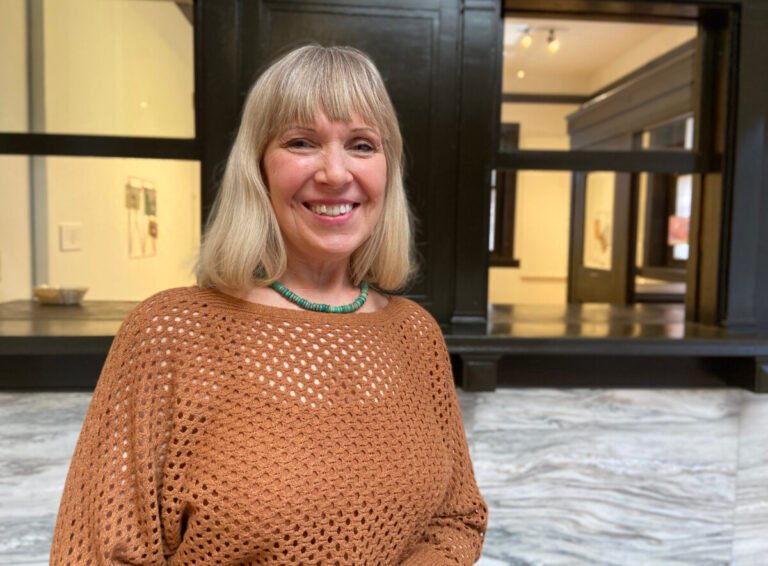
The Board of Trustees of the Brattleboro Museum & Art Center (BMAC) on March 29 elected five new trustees to three-year terms on the board. According to BMAC Director Danny Lichtenfeld, the new trustees bring to the museum “invaluable personal experience and…

BRATTLEBORO, Vt. — Boston-based artist Daniel Callahan, whose work is on view in the exhibition “En-MassQ” at the Brattleboro Museum & Art Center (BMAC), will take part in two events focused on his unique practice of “MassQing,” a ritual marking of…
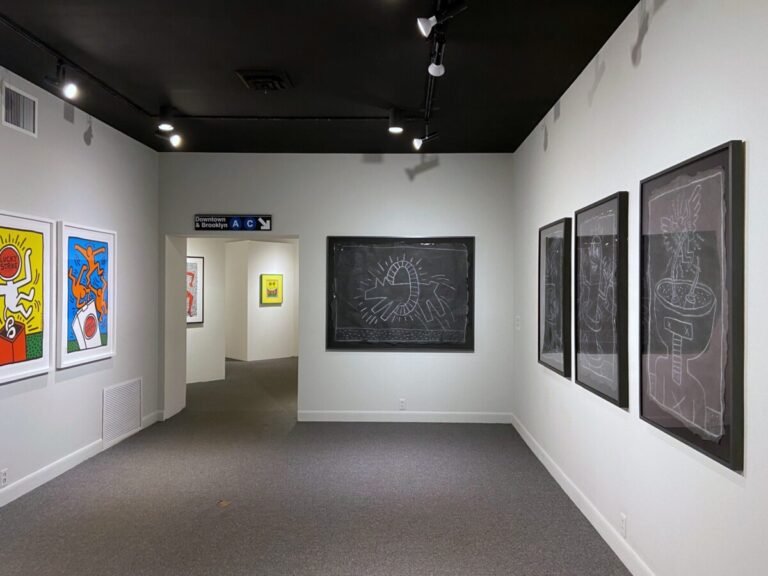
BRATTLEBORO, Vt. — A Brattleboro Museum & Art Center (BMAC) exhibition of drawings by famed pop artist Keith Haring, originally scheduled to close on April 16, has been extended to June 11. The works in the exhibition were previously slated…

Featured performers will include several contest-winning and touring comedians most often seen in the Burlington area. “We’ve got to keep laughing to handle the news, these days,” says Keith Marks, Executive Director of Next Stage Arts. “The Vermont Comedy All…

The intent is to shine a light on less-known styles and genres, providing a behind-the-scenes look at what curators need to consider when working with their medium. “For most, the arts are something we interact with as a finished product.…
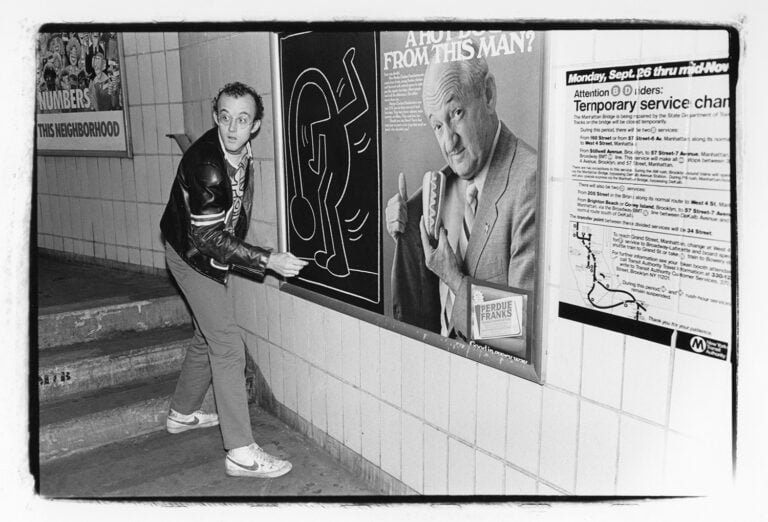
The events are presented in connection with the exhibition “Keith Haring: Subway Drawings,” on view at the Brattleboro Museum & Art Center (BMAC) through April 16. Subway as Studio To begin, on Thursday, March 16, at 7 p.m., art historian…

The article "Two Days in King Tuff’s Brattleboro, Vermont" by Patrick King highlights the vibrant artistic community of Brattleboro, a town that serves as a significant backdrop for the creative endeavors of musicians like Kyle Thomas, known as King Tuff. The narrative captures Thomas's deep-rooted connection to Brattleboro, tracing his artistic growth from humble beginnings in a small-town atmosphere to the broader music scene. The town itself is depicted as a nurturing environment, fostering a sense of connectivity among its residents and artists, which enhances their creative expression.
Brattleboro holds historical relevance as a haven for various musicians and artists, reflecting a unique blend of cultural heritage and modern-day innovation. The article illustrates how the town's affordable living conditions and supportive community allow creatives to pursue their passions without the pressures commonly found in larger cities. This is underscored by Thomas's ability to manifest his artistic goals while remaining closely tied to Brattleboro, showcasing the charm and inspiration the town provides for those who create within its borders.
This exploration of Brattleboro serves not only as a tribute to its artistic legacy but also as a commentary on the importance of community and environment in nurturing creativity. The article clearly demonstrates that for musicians like King Tuff, Brattleboro is more than just a location; it's an integral part of their identity as artists.
Source: daily.bandcamp.com
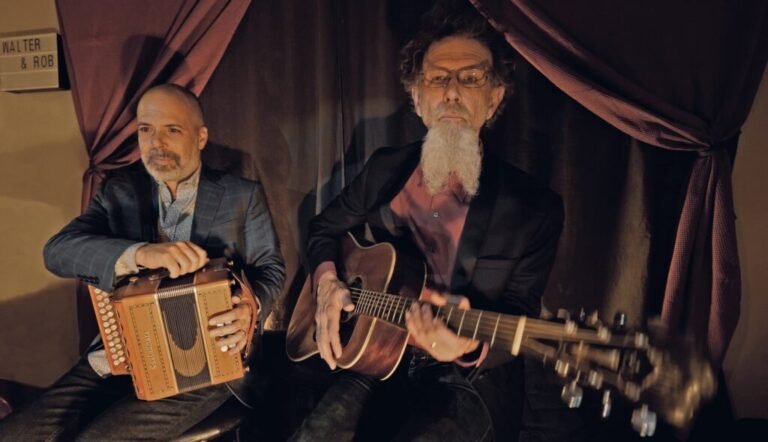
Walter Parks, longtime guitarist sideman to Woodstock legend Richie Havens joins accordionist extraordinaire Rob Curto in presenting their self-described “Swampalachian” acoustic and roots style – a blend of reels, hollers, spirituals, and blues. Their project reimagines the historic soundtrack to…
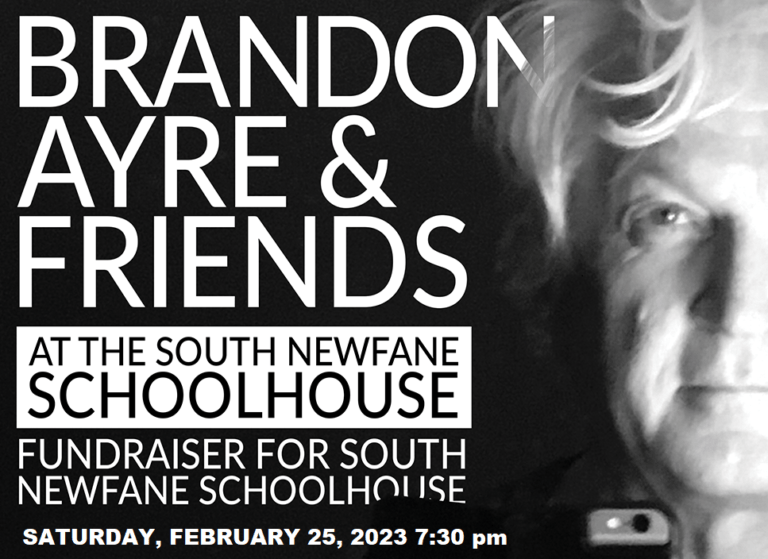
Modern acoustic singer-songwriter Brandon Ayre will be joined by uber-talented friends Natalie Blake and Shawn Magee to bring an evening of music to help support the South Newfane Schoolhouse Community Center on Saturday, Feb 25th at 7:30 PM. The concert…